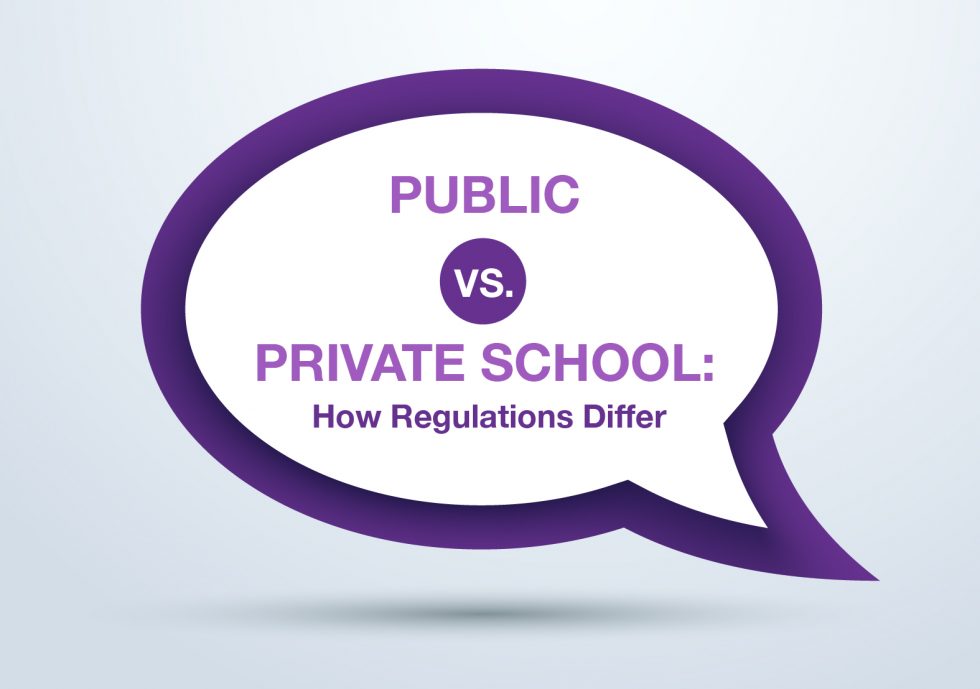
Oftentimes as parents evaluate the best school for their child, questions are asked about how one educational program is different from the others. One significant difference in school formats is tied to their governance and funding structure. The purpose of this blog isn’t to say one is better than the other, but to share facts the facts, and the differences between regulations and governance on private schools versus public schools.
Private school leadership and funding
- The governance of many private schools, especially those not formally connected to a church or group of churches, relies heavily on the parents of the school. This can make the long-term consistency of mission and values more difficult. While parents certainly are the consumer, there is a danger that the loudest voice may not be the wisest. However, private schools often have policies and procedures in place to protect them from radical changes.
- Funding for private schools is largely reliant on current parents (tuition and fundraising) and alumni (foundations), which adds to a culture of great pride (in good times) and great angst (in bad times).
Public school leadership and funding
- Governance in America’s public schools can be so top-down that there is little flexibility in meeting the needs of specific buildings or classrooms. Curriculum and, in some cases, daily lesson plans are prescribed for teachers to deliver to their students in a highly scientific fashion. When all of the variables in a school line up—when teachers, students, and parents fit nicely into the plans that they are given—this is a very efficient and scientifically accurate system. But there can be little room for the art of instruction, of learning, of discovery, of ideas beyond those programmed into the system. If a local public community were to try and change the culture of their “public” school, they would find it quite difficult, which begs the question, “Why do we still call these schools ‘public’?”
- Funding is often taken for granted as it largely comes from local, state, and federal government sources. Most personally, public school funding comes from your property taxes, though you have little choice in the amount or recipient of your contribution.
Lutheran School Leadership and Funding
- Lutheran schools operate under local leadership at an individual church or group of churches. This can lead to a consistency in mission and values that are not easily found in many private or public school settings. Ideally, the Lutheran school leverages the benefits of highly invested parents and the experience and guidance of a supportive local, regional, and national church body. Understanding the science of education without sacrificing the art of working with uniquely gifted children, teachers, and parents is the sweet spot for a Lutheran school.
- Funding for Lutheran schools can be a challenge. Achieving a healthy funding model that encourages investment in the mission and ministry of the Lutheran school is no small task—and is one that changes over time.
- The church must see their school(s) as missional and focused on reaching out to their community to share Jesus with those who do not yet know Him, while also ensuring that the next generation of their own congregation is developing fully in their faith journey—a worthwhile investment of space, time, and resources.
When choosing what type of school to send your children to, it is important that each family make the choice that is best for them, their family, and their children. There are many varying factors that go into choosing a school system—the purpose of this message is to lay out the differences of some of those factors, specifically related to governance and regulation.
